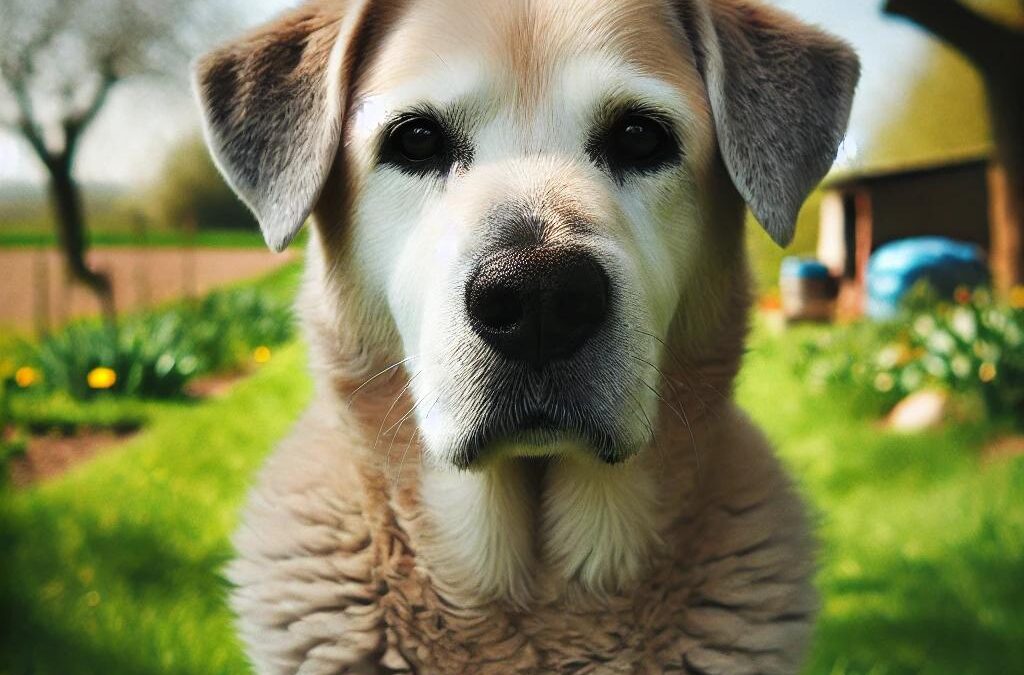Fibrosarcoma is a significant concern in veterinary oncology, particularly when it comes to canine oral health. This type of tumor is the third most common oral tumor in dogs, accounting for approximately 10% to 20% of all cases. The condition predominantly affects older dogs, with the average age of onset being around 8 years. Interestingly, fibrosarcoma is more frequently diagnosed in male dogs, making it a crucial topic for pet owners and veterinarians alike.
Understanding Fibrosarcoma in Dogs
Fibrosarcoma is typically found in the gums, particularly between the canine teeth and premolars. The tumor often manifests as a flat, firm mass that is closely connected to deeper tissues. These growths are notorious for their invasive nature, particularly in the upper jaw where they often affect the hard palate and cheek mucosa.
One of the major challenges with fibrosarcoma is its tendency to invade surrounding bones. This makes surgical removal difficult and increases the risk of local recurrence. In fact, imaging studies show that bone invasion occurs in 60% to 65% of cases at the time of diagnosis. However, it’s important to note that metastasis to the lungs occurs in less than 10% of cases, and regional lymph node involvement is relatively uncommon.
症状と診断
Pet owners should be aware of the symptoms of fibrosarcoma, which may include swelling in the mouth, difficulty eating, drooling, and bad breath. In some cases, the tumor may bleed, leading to additional discomfort for the dog. Early detection is critical for effective management, so regular veterinary check-ups are essential, especially for older male dogs.
Veterinarians typically use a combination of physical examination, imaging techniques, and biopsy to diagnose fibrosarcoma. Once confirmed, treatment options often involve surgical removal of the tumor. Due to the tumor’s aggressive nature, complete excision is difficult, and recurrence is common. Therefore, additional treatments such as radiation therapy may be recommended to control the disease.
Prognosis and Management
The prognosis for dogs with fibrosarcoma varies depending on the size and location of the tumor, as well as the extent of bone involvement. While surgery is the primary treatment, the likelihood of recurrence means that ongoing monitoring and follow-up care are essential. In cases where the tumor cannot be entirely removed, or if it recurs, palliative care options are available to ensure the dog’s comfort.
Fibrosarcoma is a serious but manageable condition in dogs, particularly older males. By understanding the risks, symptoms, and treatment options, pet owners can ensure that their dogs receive the best possible care. Early detection and a comprehensive treatment plan are key to improving the quality of life for dogs affected by this challenging condition.


